The Power of Sensory Deprivation: Exploring Blindfolds and Bondage Hoods
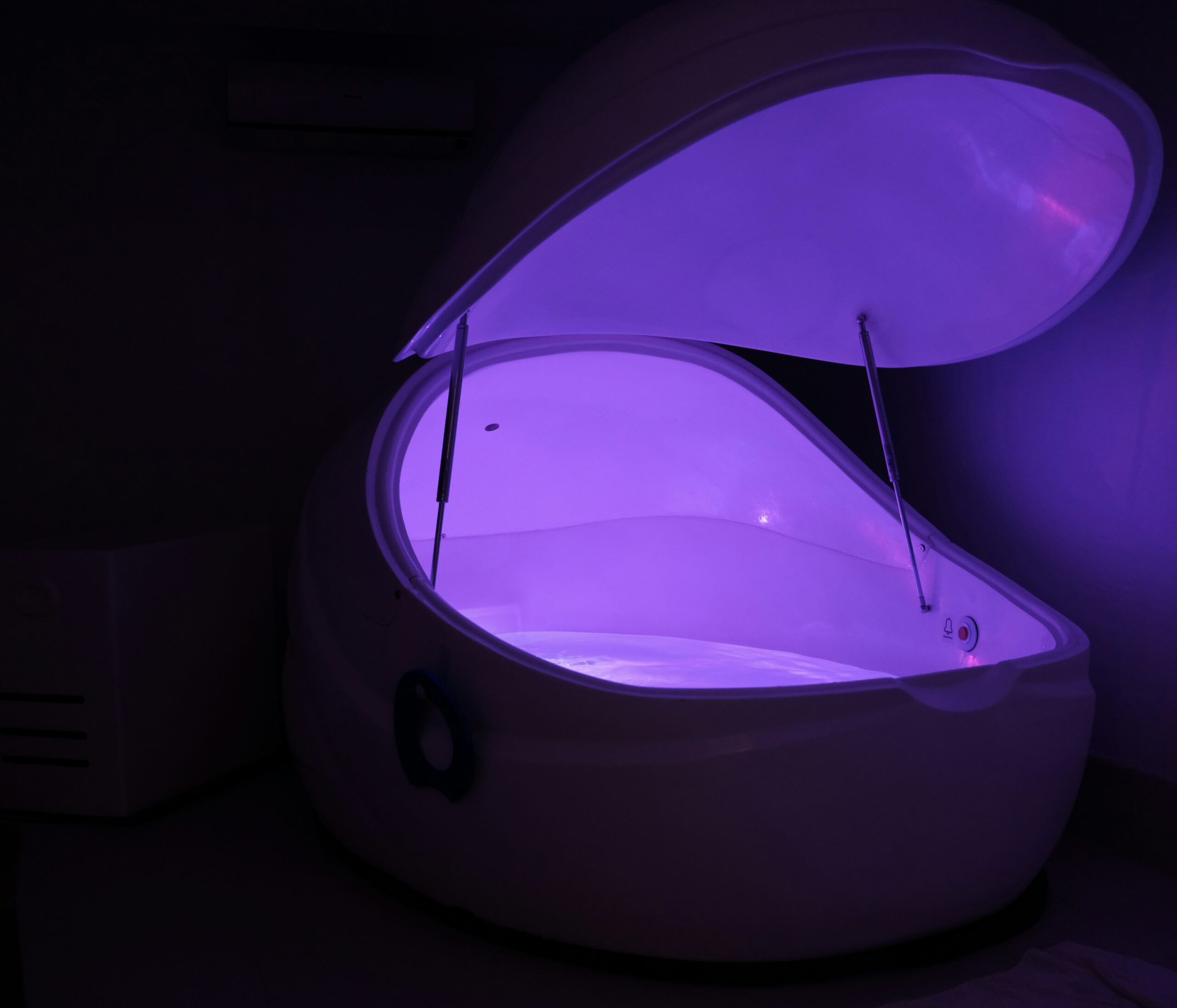
Understanding Sensory Deprivation
Sensory deprivation is a practice that involves the deliberate reduction or elimination of sensory stimuli, leading to a shift in perception and experience. This phenomenon can be achieved through various means, with blindfolds and bondage hoods being notable tools that restrict sight and, in some cases, other senses as well. When an individual is deprived of sensory input, the brain is prompted to adapt, often resulting in heightened awareness of remaining senses. This heightened state can provoke strong psychological and physiological responses, including increased creativity, relaxation, or a sense of euphoria.
The psychological effects of sensory deprivation are multifaceted. Some studies suggest that individuals may experience altered states of consciousness, which may be similar to meditative states. The absence of visual information can lead the mind to engage more deeply with thoughts and emotions, potentially providing insights that are often obscured by everyday distractions. In contrast, sensory deprivation can also evoke feelings of anxiety or discomfort, particularly for those unaccustomed to such experiences. Understanding these varied psychological responses is crucial for anyone considering sensory deprivation practices.
Historically, sensory deprivation has seen diverse applications across cultures. Certain spiritual and meditative practices incorporate sensory isolation to achieve trance-like states, while other traditions utilize these techniques for healing or enhancing mental clarity. In modern contexts, the therapeutic benefits of sensory deprivation have started to gain recognition, with practices such as floatation therapy becoming popular. As we explore the roles of blindfolds and bondage hoods further, understanding the foundational aspects of sensory deprivation will illuminate their significance in contemporary practices. Ultimately, the exploration of sensory deprivation offers a window into profound experiences that challenge and expand our conventional understanding of sensory engagement.
The Benefits of Sensory Deprivation
Sensory deprivation, often facilitated through the use of devices such as blindfolds and bondage hoods, has been associated with numerous benefits that can enhance both individual well-being and interpersonal relationships. One of the most commonly reported advantages of sensory deprivation is stress relief. Research indicates that reducing sensory input can lead to a calmer mental state, allowing individuals to escape from the overwhelming stimuli of everyday life. This respite can be particularly beneficial in today’s fast-paced environment where constant sensory overload is commonplace.
Moreover, sensory deprivation can lead to heightened awareness of other senses. When sight is removed, individuals often report an enhanced perception of their remaining senses, such as hearing, touch, and smell. This phenomenon is supported by various studies which suggest that the brain compensates for the lost sensory input by increasing sensitivity in the other senses. The enhancement of these senses can enrich experiences of intimacy and exploration, making activities involving sensory deprivation particularly rewarding for couples.
Increased intimacy is another powerful benefit recognized by practitioners of sensory deprivation. Engaging in such experiences can foster deeper connections between partners as they explore vulnerability and trust. The act of one partner depriving the other of sensory input creates an atmosphere where communication becomes critical, thereby strengthening the bond between them. Anecdotal evidence supports this aspect, with many individuals noting that their relationships have grown more fulfilling and communicative after incorporating sensory deprivation techniques into their routines.
Overall, the practice of sensory deprivation through devices like blindfolds and bondage hoods offers a unique blend of physical and emotional benefits. From alleviating stress and enhancing sensory perception to fostering deeper relationships, there are compelling reasons for individuals to explore these techniques in a safe and consensual manner.
Exploring Blindfolds: Types and Purposes
Blindfolds serve as a pivotal tool in sensory deprivation, offering a unique pathway to heightened sensations and experiences during various activities. The variety of blindfolds available caters to different preferences and purposes, thereby enhancing the practicality and enjoyment of sensory play. Soft fabric blindfolds, often made from materials such as satin or cotton, are versatile options suitable for beginners. These blindfolds are easy to wear and provide a gentle, comfortable experience that allows the user to adjust to the sensation of being blindfolded.
Padded blindfolds, which feature additional cushioning, are another popular choice. These provide not only comfort but also an enhanced feeling of pressure around the eyes, contributing to a more immersive experience. The padding ensures that the blindfold remains securely in place while also allowing for extended wear without discomfort. Such blindfolds are particularly effective for individuals who seek to deepen their sensory isolation while enjoying the playful elements of bondage.
More specialized designs include blackout masks, which completely block out light, intensifying the sensation of darkness for the wearer. These masks can create a profound level of sensory deprivation, encouraging the user to focus more on their other senses, whether in a playful setting or a more serious exploration of mindfulness and trust. Additionally, blindfolds integrated with features like straps or clips can facilitate a more secure fit, catering to those who engage in more active forms of play within bondage contexts.
Ultimately, the choice of blindfold can significantly influence the sensory experience. The variety in design and function allows participants to tailor their sensory deprivation exercises to their unique desires, facilitating a richer, more profound exploration of intimacy, trust, and sensory awareness.
Bondage Hoods: A Deeper Dive
Bondage hoods are distinctive accessories in the realm of BDSM that serve not only as a means of restraint but also as tools for enhancing sensory deprivation experiences. Available in a variety of styles, these hoods can be designed to cover the eyes, ears, mouth, and sometimes even portions of the head, creating an enveloping effect that heightens the overall experience of bondage. Various designs feature different materials, such as leather, latex, or neoprene, each contributing to the unique sensation of encasement and control.
The incorporation of bondage hoods into a scene can significantly amp up the psychological aspect of submission and dominance. By obstructing vision and muffling sound, these hoods effectively diminish the sensory input available to the wearers, forcing them to rely on touch, taste, and smell. This leads to a more focused and heightened awareness of sensations that can arise from bondage, impact play, or other forms of physical interaction. As the wearer surrenders their sight and much of their ability to hear, they often report heightened susceptibility to the various stimuli presented to them during the scene.
Different styles of bondage hoods each carry their unique aesthetic and functional attributes, catering to various preferences and levels of experience. For example, a full-face hood may provide complete coverage, instilling a profound sense of vulnerability, while a more open design, such as a hood that leaves the mouth exposed, allows for increased communication and breath play possibilities. Additionally, some hoods come equipped with features such as gags or eye coverings, intensifying the experience of control and submission. It is essential to consider the psychological implications these elements can have on both the wearer and the practitioner, making education and open communication key to ensuring safe and enjoyable play.
Safety Considerations in Sensory Deprivation
Engaging in sensory deprivation practices, such as using blindfolds and bondage hoods, can be a rewarding experience, but it is essential to prioritize safety to ensure that all participants enjoy the activity. The first and paramount aspect of safety in sensory deprivation is consent. All parties involved must provide enthusiastic and informed consent before any activity begins. This implies that individuals should fully understand the nature of the practice and agree to participate without any coercion. Ongoing consent should also be established, allowing for participants to withdraw their agreement at any point.
Another crucial part of safety in such activities is establishing clear boundaries. Participants should openly discuss their limits and any triggers that could arise during sensory deprivation. This discussion not only fosters trust but also helps in creating an environment where all participants feel safe and respected. It’s advisable to develop a safe word or signal that can be used to pause or stop the activity if needed. This ensures that communication remains fluid and allows for immediate cessation if discomfort arises.
Communication between partners is vital throughout the sensory deprivation experience. Both verbal and non-verbal cues should be considered, as the inability to see or hear may alter a participant’s comfort level. Regular check-ins can be highly beneficial, especially when engaging in prolonged sensory deprivation practices. Partners should be attentive to the physical and emotional responses of one another to adjust intensity levels or techniques when necessary. By adhering to these safety guidelines, individuals can create an enjoyable and fulfilling sensory deprivation experience that respects the boundaries and well-being of all involved.
Choosing the Right Blindfold or Bondage Hood
When it comes to enhancing sensory deprivation experiences through blindfolds or bondage hoods, careful selection is essential. The right garment can significantly impact comfort, effectiveness, and overall enjoyment. Several factors should be considered when choosing a blindfold or hood, including material, fit, and design.
Firstly, the material of the blindfold or hood plays a crucial role in both comfort and sensory experience. Common materials include silk, cotton, neoprene, and leather. Silk and cotton are often favored for their softness and breathability, making them gentle against the skin. On the other hand, neoprene and leather provide a more intense sensory experience and often have the advantage of durability, which may appeal to those engaging in more vigorous activities. It is advisable to consider any allergies or sensitivities when selecting a material.
Fit is another critical factor. A well-fitting blindfold should adequately block out light while remaining comfortable for extended wear. Look for adjustable options to ensure a snug fit without being overly constrictive. Bondage hoods, in contrast, should be snug enough to provide sensory deprivation without compromising safety. Many hoods come with adjustable straps or lacing systems that can help secure the fit.
Design elements are also important in enhancing the overall experience. Some users prefer styles that completely enclose the head, while others may opt for open-face designs that still provide sensory deprivation but allow for communication. Additionally, incorporating features like ventilation holes in hoods can enhance comfort during prolonged wear.
In terms of recommendations, brands such as Sportsheets, Zado, and Bondage Chic have garnered positive reviews within the sensory deprivation community for their quality craftsmanship and user-friendly designs. Exploring these brands can offer a starting point for finding the perfect blindfold or bondage hood tailored to individual preferences and activities.
Integrating Sensory Deprivation Into Your Play
Sensory deprivation can significantly enhance intimacy and connection between partners. By limiting certain senses, such as sight, individuals may experience heightened awareness of other sensations, facilitating deeper emotional and physical connections. Incorporating tools like blindfolds and bondage hoods into your play can lead to thrilling new experiences. Here are several strategies to effectively integrate sensory deprivation techniques into intimate scenarios.
Firstly, consider using a blindfold during foreplay. This simple addition can create a sense of anticipation and mystery. By denying sight, partners may find themselves more attuned to the tactile sensations of touch, which can amplify arousal. For instance, while one partner is blindfolded, the other can explore their body with soft caresses or playful teasing—essentially transforming the experience into a deeper exploration of desire and sensitivity.
Secondly, bondage hoods can be used to further enhance the experience of sensory deprivation. These hoods can restrict not only sight but also sound. When a partner’s auditory senses are limited, it can create a powerful feeling of vulnerability and surrender. This can be particularly effective in a controlled, consensual environment where both parties have agreed on safe words and boundaries. The combination of hoods and gentle restraint can lead to thrilling power dynamics that deepen trust and connection.
Furthermore, varying the setting can also add to the overall experience. Engaging in sensory deprivation while in a quiet, dimly-lit room or a cozy, secluded outdoor space can transform an ordinary encounter into an intimate adventure. Experimenting with different textures, temperatures, or scents can also enhance the overall sensory experience and make your play more memorable.
By incorporating sensory deprivation techniques thoughtfully and consensually, partners can unlock new dimensions of intimacy, leading to a richer and more fulfilling connection.
Personal Experiences: Testimonials and Stories
Sensory deprivation has emerged as a fascinating avenue for many individuals seeking both exploration and transformation in their experiences. Numerous testimonials underline the profound impact that blindfolds and bondage hoods have had on personal journeys. One participant shared their initial reservations about the practice, stating, “I was unsure of what to expect when I first tried a blindfold. The idea of being in the dark felt intimidating. However, once I embraced it, I found a deeper understanding of myself.” This sentiment resonates with many who have stepped outside their comfort zones to explore sensory experiences.
Another individual recounted their experience with a bondage hood, describing it as an exhilarating journey toward vulnerability. “Wearing the hood made me feel entirely exposed yet immensely liberated,” they reflected. The psychological aspect of being unable to see adds a layer of intensity to the experience, leading users to confront their innermost thoughts and feelings. Users frequently note that the absence of visual stimuli enhances their focus on other senses, creating a heightened state of awareness.
Challenges often accompany these explorations. A respondent cautioned that, “While the experience can be liberating, it also confronts personal limitations and fears.” This duality serves as a powerful catalyst for growth, allowing individuals to engage in a deeper understanding of psychological boundaries. Others have attested to the transformative power of these practices. “It broadened my perspective on trust and intimacy. The blindfold shifted my approach to connection with my partner,” one individual remarked. Such experiences may not only kindle personal insight but also foster deeper relationships. The narratives surrounding sensory deprivation through blindfolds and bondage hoods highlight the multifaceted outcomes, encompassing both challenges and profound transformations.
Conclusion: Embracing the Sensory Experience
Throughout this exploration of sensory deprivation, we have delved into the fascinating dynamics of blindfolds and bondage hoods, uncovering their roles in intimate experiences. These tools serve as conduits for deeper connection, heightening the senses that remain activated while obscuring others. The practice of sensory deprivation not only creates an opportunity for heightened awareness of touch and sound but also fosters an environment of trust and vulnerability between partners.
Approaching this practice with respect and clear communication is essential. Consent is paramount, as the experiences derived from sensory deprivation can provoke significant emotional and physical responses. Engaging with a partner in this context invites an exploration of boundaries and personal comfort levels, ensuring that the shared journey remains enjoyable for all. This respectful exploration can lead to profound discoveries about oneself and one’s partner, ultimately enhancing intimacy.
Moreover, the psychological benefits of embracing sensory deprivation are noteworthy. Participants often report an increase in mindfulness, as the focus shifts to the sensations that remain accessible. This heightening of awareness can nurture a stronger connection to the present moment, fostering a sense of peace and relaxation. As individuals or couples engage in these practices, they may find that this new perspective on sensory experiences translates to other aspects of their lives, encouraging a richer engagement with the world around them.
In conclusion, the world of sensory deprivation offers a unique landscape for exploration and self-discovery. By embracing blindfolds and bondage hoods in a consensual and healthy manner, individuals open themselves up to profound connections and experiences. It is through this lens of exploration that participants can enjoy not just the thrill of the unknown, but also the depth of intimacy and understanding that often accompanies such practices.



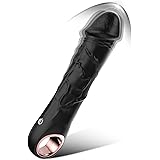













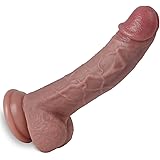
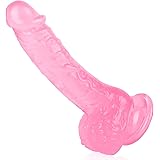


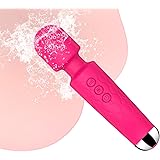

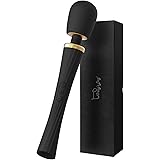


Leave a Reply